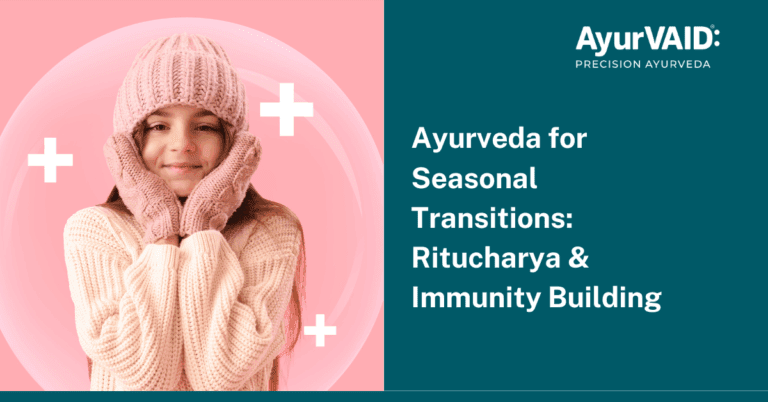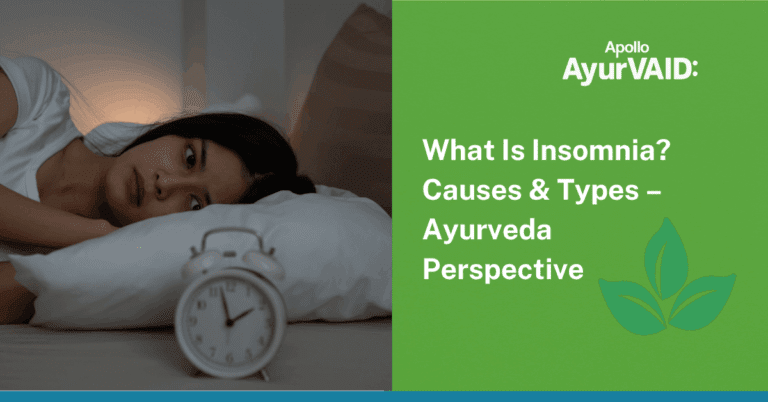Do you feel a scratchy, ticklish feeling in your throat or pain or discomfort while swallowing even your saliva? Does consumption of refrigerated items or cucumber, watermelon, or curd cause throat irritation? It could be due to a throat infection caused by seasonal changes, allergies, or air pollution. These throat infection symptoms can interfere with everyday life, disturb sleep, and leave you exhausted. As it can interfere with the swallowing action, even drinking water or gulping something becomes challenging. Knowing the underlying cause and discovering gentle, long-lasting relief is the key to reclaiming your comfort and voice. In this blog, let’s discuss foods to avoid in tonsillitis and home remedies for throat infection.

Understanding Throat Infections: Symptoms and Causes
Throat infection symptoms are diverse and vary from mild discomfort to extreme pain. Sore throat is the most prevalent symptom, along with pain or discomfort.
- Swallowing is often difficult for patients, which worsens with inflammation.
- Other prevalent symptoms of throat infection are fever, tender lymph nodes of the neck, and inflamed or reddened tonsils that may also have white patches or pus.
- Bad breath, dry cough, headache, and general body aches may also be included in the systemic response to infection.
- In addition to these, there may also be tastelessness, nasal stuffiness, watery nose, chills, and sneezing.
In Ayurveda, a sore throat is usually caused by an imbalance of Pitta and Kapha doshas in the throat area. Pitta imbalance might result in redness, burning, tenderness, and soreness of the throat. Kapha imbalance might result in itching, swelling, whitish patches on the tonsils, and hoarseness.
Throat infection - Causes
Several causes can bring on a throat infection. These include viral infections such as measles, chickenpox, the common cold, influenza, and mumps, and bacterial infections, most often strep throat.
- Environmental irritants, including dry air, cigarette and tobacco smoke, air pollution, and chemicals, can cause throat irritation.
- Straining of the vocal cords due to loud conversation, screaming, excessive singing, and even physical trauma to the neck can be a cause.
- Allergens such as pollen, grass, and pet dander can initiate chemical releases that produce irritation, and gastroesophageal reflux disease (GERD) can lead to heartburn and throat irritation.
- In some instances, a tumour, cyst, or follicle in the throat, tongue, or voice box can also be a cause, and a sore throat that lingers for an extended time can be a sign of cancer.
Tonsillitis, referred to as Tundikeri in Ayurveda, is a common ailment, especially in children and youth, usually manifested at times of change of season. Ayurveda literature associates Tundikeri with an imbalance of Kapha dosha and Rakta dushti, usually caused by Agnimandya (debilitated digestive fire) from inappropriate diets and poor oral care. These imbalanced doshas settle in the Talu (palate) and Kantha (throat) areas.
Ayurveda Diet for Healing and Prevention
Diet is a critical factor for the control and prevention of throat infections. Ayurveda suggests that one concentrate on calming, nourishing, and easy-to-digest foods that facilitate the body’s own healing process.
- Warm Fluids: Drinking warm fluids is important in maintaining a moist throat and decreasing discomfort. Herbal teas like ginger or tulsi (holy basil) tea are strongly suggested due to their soothing and anti-inflammatory effects. Salt and turmeric water can decrease pain and swelling, particularly in the tonsils.
- Honey: Honey has antibacterial properties. Taking honey with a pinch of pepper powder or ginger powder calms the throat and improves immunity. Honey also loosens phlegm when combined with ginger juice.
- Soft and Easy-to-Swallow Foods: To avoid further aggravating the inflamed throat, try soft, bland, and easy-to-swallow foods such as soups, broths, and mashed vegetables. These supply necessary nutrients without bringing about discomfort.
- Conventional Ayurveda suggestions are Trinadhanya (grains), Yava (barley), Mudga (mung bean), Kulattha (horse gram), and Mamsa Rasa (meat broths), as well as vegetables such as bitter gourd and pointed gourd. Ayurveda also recommends consuming ghee with warm milk or warm food, particularly if you are experiencing throat irritation due to dryness.
- Hydration: Proper hydration with warm water and herbal teas is the utmost priority.
Foods to Avoid in Tonsillitis and General Irritants
Just as important as what to eat is what to avoid, especially when dealing with tonsillitis or a sensitive throat. Certain foods can exacerbate symptoms and hinder recovery.
According to recent studies and Ayurveda principles, here are the foods to avoid in tonsillitis
- Spicy Foods: Spicy foods can irritate the throat and exacerbate inflammation, causing heightened pain and discomfort, when the condition is associated with a burning sensation, redness, and tenderness in the throat region.
- Acidic Foods: Acidic foods such as citrus fruits and vinegar can irritate the throat and must be avoided. Ayurveda cautions against Amla Rasa Dravyas (sour substances).
- Hard or Crunchy Foods: Hard, dry, or crunchy foods tend to cause further irritation in the throat and tonsils, leading to painful swallowing.
- Dairy Products: Dairy foods cause an increase in mucus, leading to further throat irritation and pain. Heavy-to-digest foods such as curd, cheese, and paneer should be avoided.
- Greasy and Fried Foods: These are heavy to digest and worsen inflammation, thus increasing discomfort. Abhishyandi Ahara (obstructive or sticky foods) and Guru Ahara (heavy foods) are usually excluded as per Ayurveda.
- Extremely Hot Foods: These might further irritate the throat.
- Other Apathya (foods to exclude) in Ayurveda include fish and black gram.
- In children, cold beverages and junk food have been particularly noted as aggravating causes of pharyngitis.
Home Remedies for Throat Infection
Ayurveda provides numerous practical home remedies for throat infection that can offer significant relief:
- Gargling (Kavala and Gandusha): This is a basic Ayurveda treatment. Gargling with medicated oils, decoctions, or liquids reduces redness, swelling, bad odour, itchiness, and dryness.
- Turmeric and salt in warm water can relieve pain and swelling in the tonsils.
- Sesame oil can be gargled.
- Ginger gargle can relieve throat irritation due to the anti-inflammatory and antimicrobial properties of ginger.
- Steam Inhalation: Steam inhalation can ease the airways, clear infection, and loosen phlegm in the throat. The addition of turmeric to the water or the use of essential oils such as eucalyptus makes the soothing even greater.
- Chewing Spices: Chewing little pieces of cinnamon, clove, dry ginger, betel leaf, or pepper can ease the throat.
- Honey and Lemon: Combining honey with lemon juice is a widespread remedy; the honey possesses antimicrobial qualities, while lemon gives a dose of vitamin C, which strengthens the immune system.
- Turmeric Milk: Consuming warm milk infused with turmeric can have anti-inflammatory effects because of curcumin, its active constituent.
NOTE: Avoid overdoing these remedies, and always consult an Ayurveda doctor to get a personalised recommendation.
Ayurveda Lifestyle Tips for Throat Health
Other than diet and home remedies, some lifestyle changes can help greatly in preventing and treating throat infections.
- Sufficient Rest: Rest is important for recovery, as sleep facilitates the healing process of the body and strengthens the immune system.
- Avoid Irritants: Keep smoke, pungent odours, and allergens away to avoid more throat irritation. This includes avoiding both being around smokers and smoking yourself. In the case of pharyngitis, avoiding air conditioning while travelling and working can also be beneficial.
- Stress Management and Mindfulness: Stress negatively affects immune function. Participating in mindfulness exercises such as meditation or yoga can decrease stress.
- Oral Hygiene: Proper oral hygiene is crucial, as improper hygiene may lead to infections such as tonsillitis.
Conclusion







